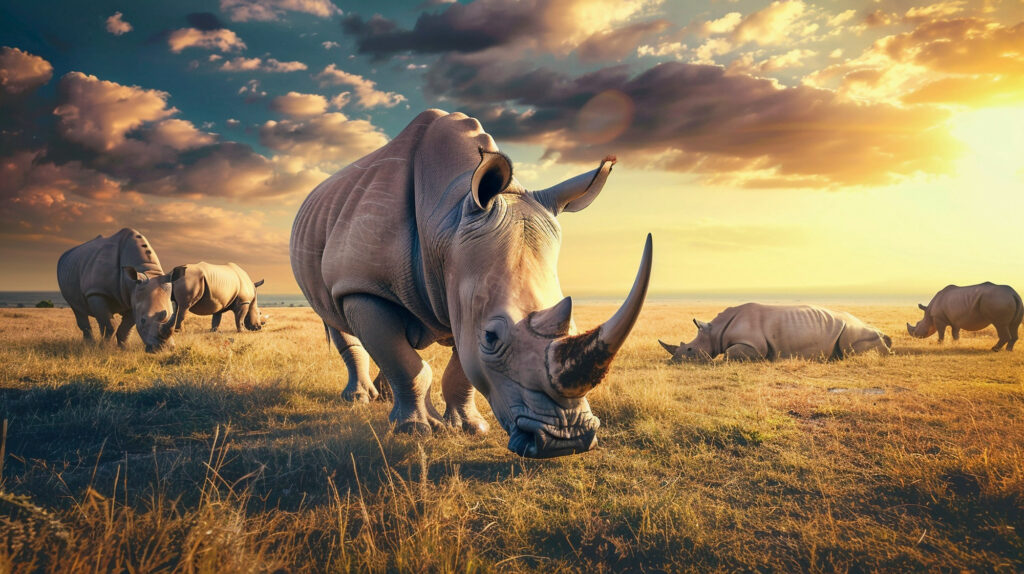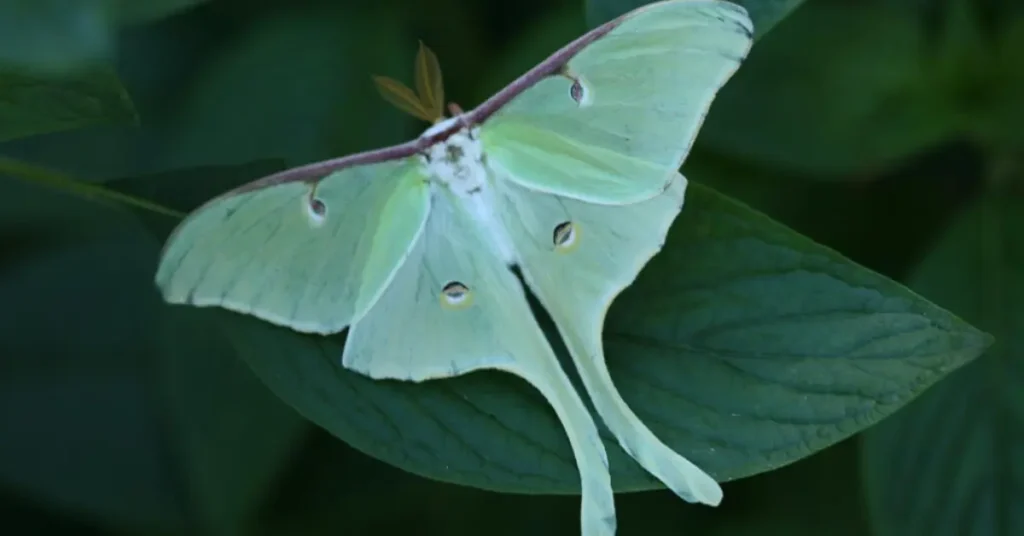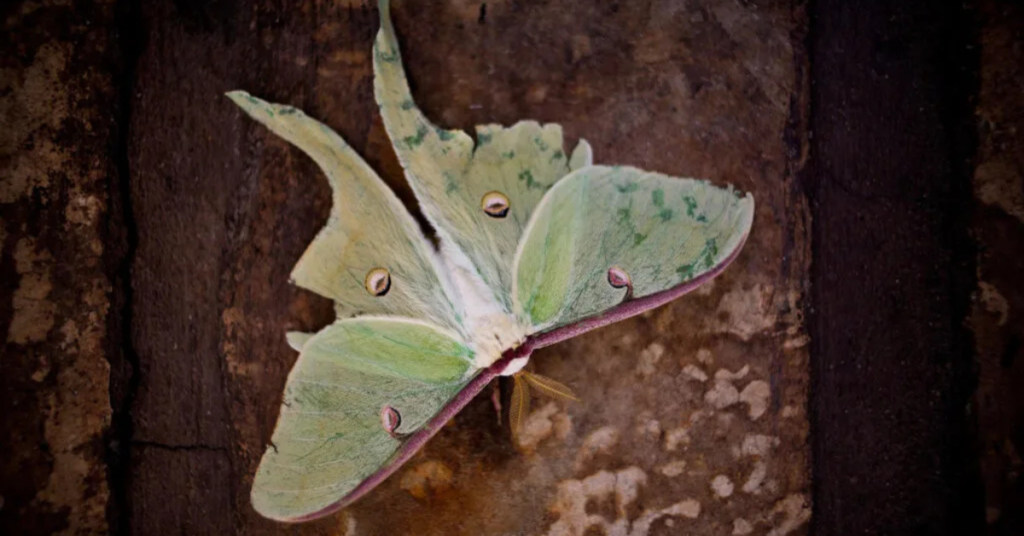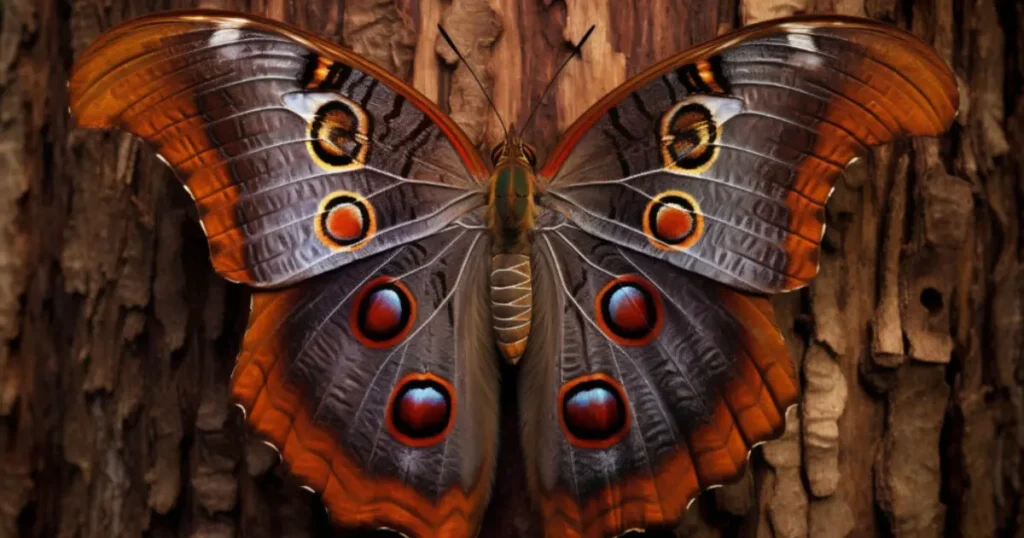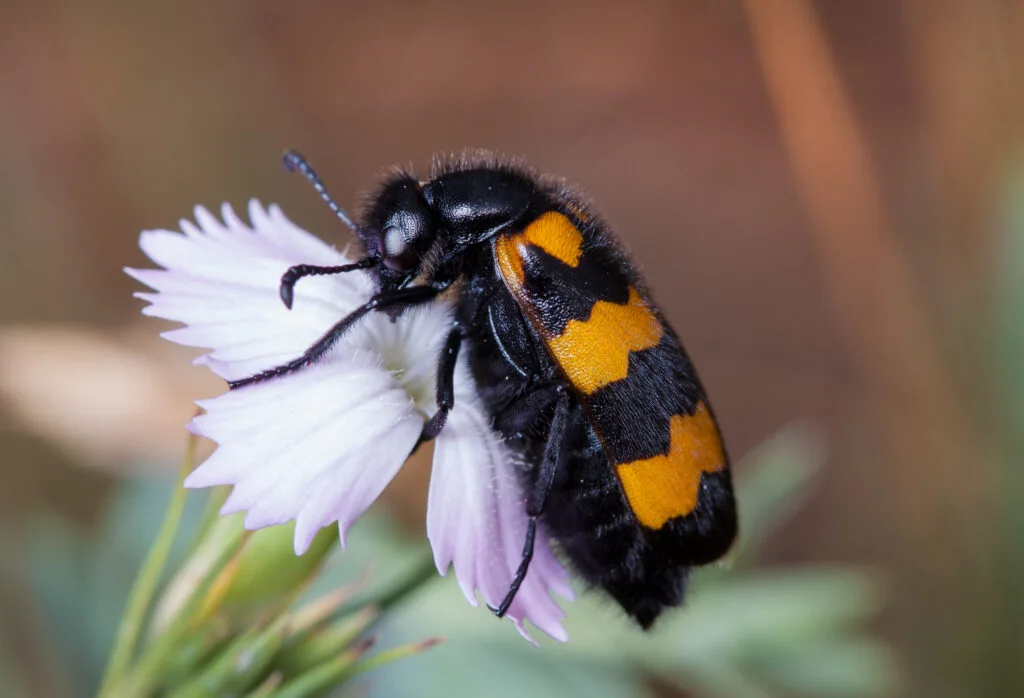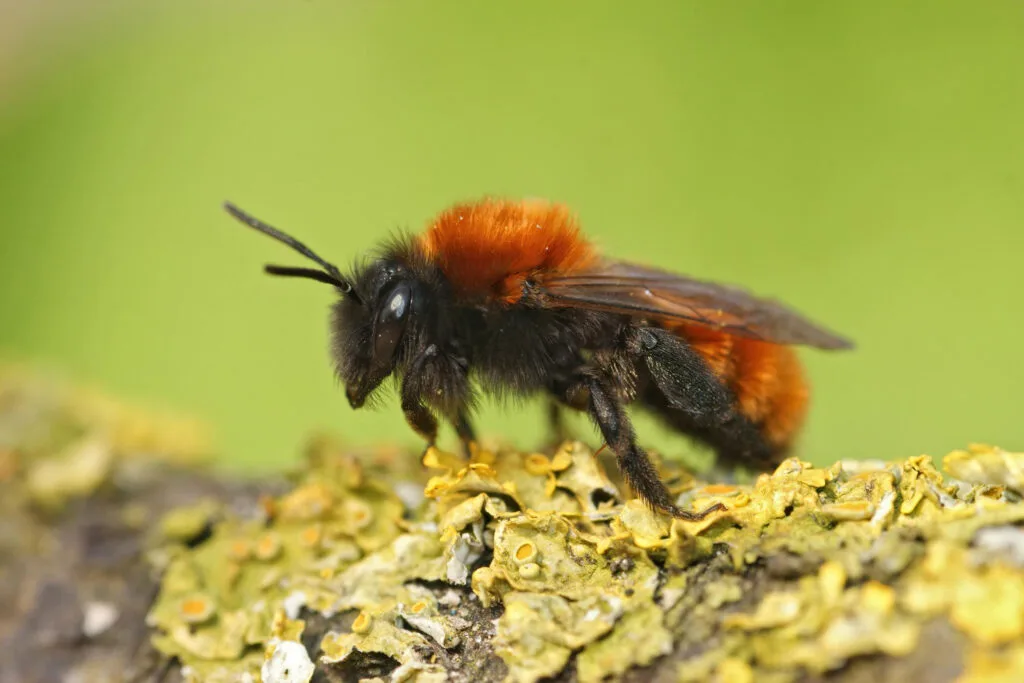Rhinos have roamed Earth for millions of years, icons of raw power and ancient wilderness. Today, all five living Rhino species the white, black, Indian (greater one-horned), Javan, and Sumatran face major dangers from illegal hunting and habitat loss. While focused protection efforts are helping some populations recover, others remain on the verge, making every win vital for the future of these extraordinary animals.
Once wandering in vast numbers across continents, rhinos have become some of the most threatened animals on Earth. Their ancient appearance tells a story of endurance, but their reality is one of continuous struggle against illegal hunters and disappearing homes.
Still, there’s more to rhinos than their traits each species has its own traits, behaviours, and habitats that make it captivating to learn about. In this blog, we’ll discover five rare and rare rhino species, where they live, what they eat, how long they survive, and the global efforts giving them a survival opportunity.
Table of Contents
Toggle1. The Greater One-Horned Rhinoceros (Indian Rhino)
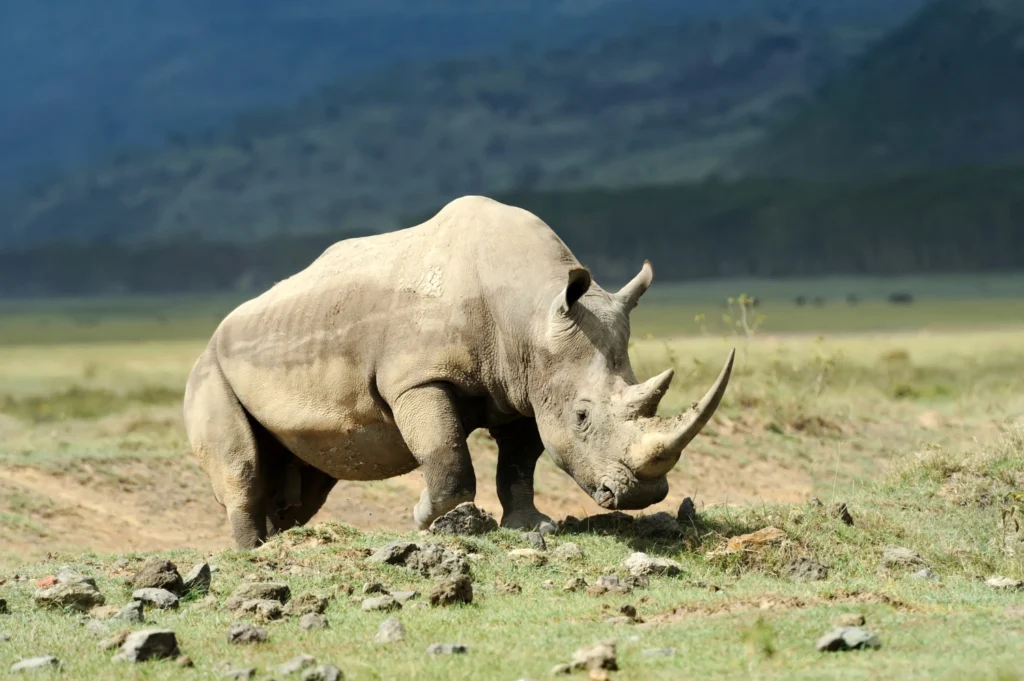
The Greater One-Horned Rhino is one of the most celebrated conservation success stories. Once reduced to fewer than 200 individuals, this rhino species now numbers over 3,700, thanks to robust protection measures. It’s recognised by its armour-plated skin and solitary horn.
Physical Traits
- Height: Up to 6.5 feet at the shoulder
- Weight: Up to 2,700 kg
- Lifespan: 35–40 years
- Horn length: Up to 60 cm
Diet and Behaviour
Primarily grazers, they feed on grasses, leaves, and aquatic plants. Indian Rhinos are semi-aquatic, spending much time wallowing in rivers and ponds to regulate body temperature and fend off insects.
Where to Find Them
- Kaziranga National Park, India – UNESCO World Heritage site
- Pobitora Wildlife Sanctuary, India – High rhino density
- Chitwan National Park, Nepal – Second largest population
2. Javan Rhinoceros – The Rarest Rhino Species
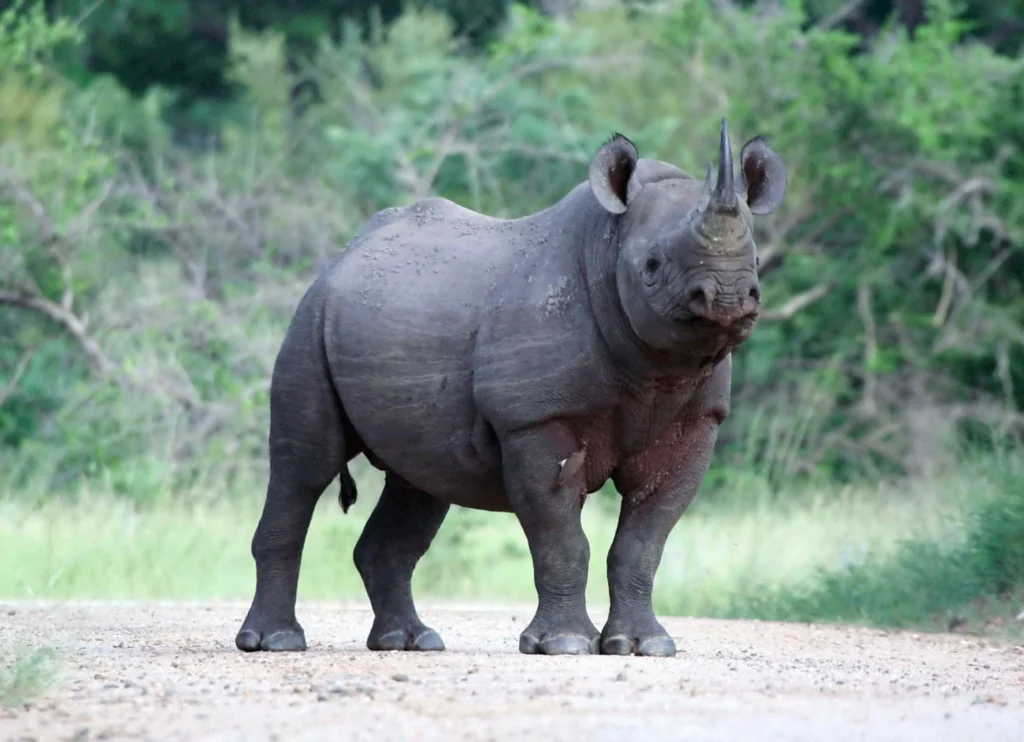
Arguably the most elusive and endangered rhino species, the Javan Rhino is restricted to one location. Fewer than 80 remain, and their secretive nature makes them incredibly difficult to spot.
Physical Traits
- Height: 5–6 feet at the shoulder
- Weight: 900–2,300 kg
- Lifespan: 30–45 years
- Horn: Short, usually less than 25 cm
Diet and Behaviour
They feed on over 300 plant species, mostly shoots, twigs, and leaves. They prefer dense lowland rainforests with abundant mud wallows and salt licks.
Where to Find Them
Ujung Kulon National Park, Java, Indonesia – the last known habitat for this species.
Fun Fact
No Javan Rhino has ever lived in captivity due to their extreme sensitivity and specific habitat needs.
3. Sumatran Rhinoceros – The Hairy Relic
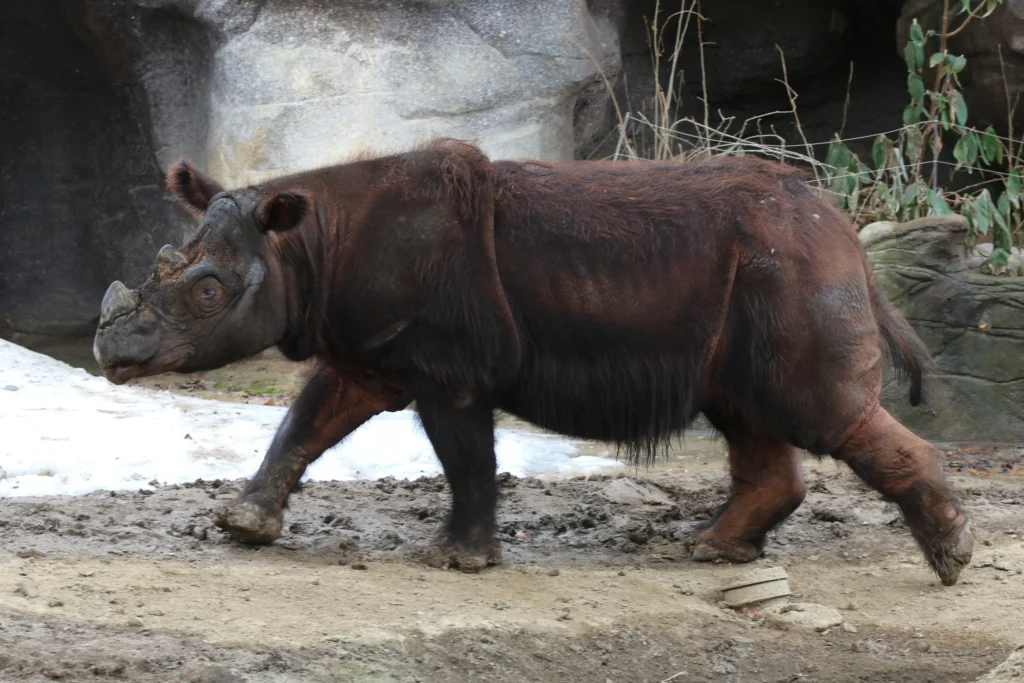
The Sumatran Rhino is the smallest and hairiest of all rhino species. They are also the most ancient, genetically linked to woolly rhinos that once roamed Ice Age Europe.
Physical Traits
- Height: 4–5 feet at the shoulder
- Weight: 500–1,000 kg
- Lifespan: Up to 40 years
- Horns: Two; front larger than rear
Diet and Behaviour
They are browsers, feeding on fruit, leaves, and tree bark. Sumatran Rhinos are solitary and maintain large, overlapping territories.
Where to Find Them
- Way Kambas and Bukit Barisan Selatan, Sumatra
- Leuser Ecosystem, Northern Sumatra
- Small remnant populations in Borneo
Interesting Insight
These rhinos vocalise frequently—growls, whistles, and squeaks—which is unique among rhino species.
4. Black Rhinoceros – The Desert Survivor
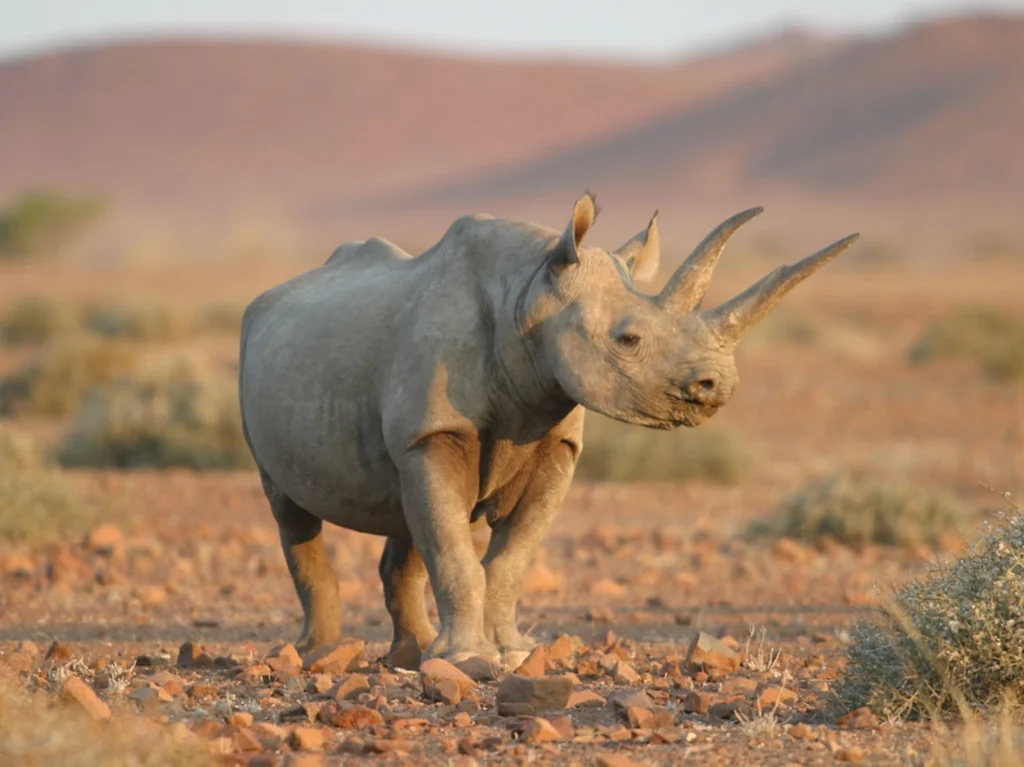
Black Rhinos are smaller than their white counterparts but more aggressive. With a hooked lip, they are adept browsers feeding on shrubs and trees. This rhino species is extremely endangered due to horn poaching.
Physical Traits
- Height: 4.5–6 feet at shoulder
- Weight: 800–1,400 kg
- Lifespan: Up to 45 years
- Horns: Two; front horn can grow up to 140 cm
Diet and Behaviour
They consume over 200 plant species and are most active during dawn and dusk. Black Rhinos are solitary and often territorial.
Where to Find Them
- Etosha National Park, Namibia
- Ol Pejeta Conservancy, Kenya
- Hluhluwe-iMfolozi Park, South Africa
Subspecies
There are four recognised subspecies, including the rare South-Western and Eastern Black Rhino, each found in different habitats.
5. White Rhinoceros – The Grassland Giant
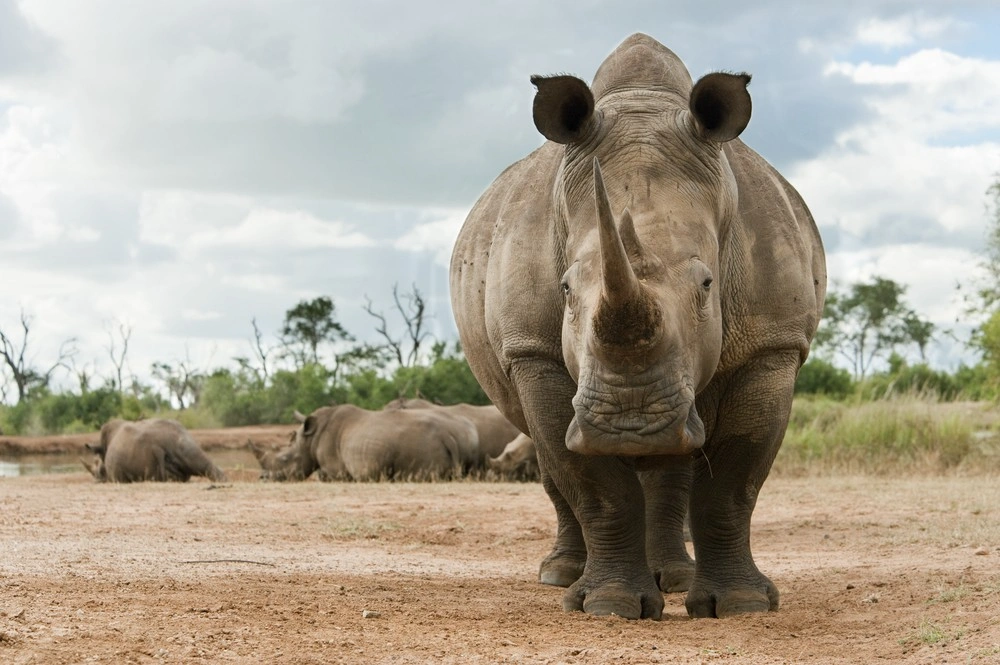
White Rhinos are the largest rhino species, with massive bodies and broad mouths for grazing. They are less aggressive than Black Rhinos and often seen in herds.
Physical Traits
- Height: Up to 6 feet at shoulder
- Weight: 1,800–2,500 kg
- Lifespan: 40–50 years
- Horns: Two; front horn can grow over 150 cm
Diet and Behaviour
They are strictly grazers and prefer savannahs and grasslands. Their social nature means they are more likely to be seen in groups.
Where to Find Them
- Kruger National Park, South Africa
- Matobo National Park, Zimbabwe
- Ziwa Rhino Sanctuary, Uganda
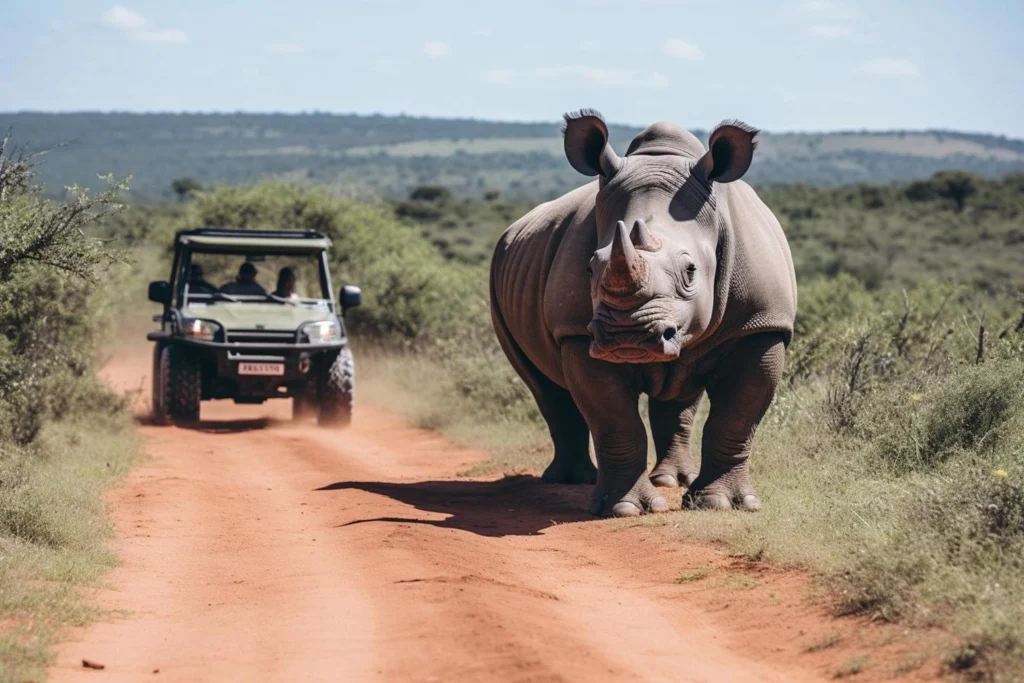
Conservation Status
The Southern White Rhino has rebounded from the brink with over 18,000 alive today, while the Northern White Rhino is functionally extinct—only two females survive under 24/7 protection.
Threats Facing Rhino Species
Despite international bans on rhino horn trade, rhino species still face grave threats:
- Poaching – Driven by demand in traditional Asian medicine
- Habitat Fragmentation – Expansion of agriculture and human settlements
- Political Conflict – In war-torn regions, conservation becomes difficult
- Climate Change – Affects water sources and vegetation patterns
Global Conservation Efforts



Numerous conservation organisations and projects focus on protecting rhino species:
- Save the Rhino International – Works globally to conserve all rhino types
- IRF (International Rhino Foundation) – Focused on Asian species
- Rhino Ark – Supports fencing and habitat preservation in Kenya
- South Africa’s Dehorning Projects – Remove horns to deter poachers
New technologies such as drone surveillance, DNA analysis, and camera traps are revolutionising protection efforts.
Did You Know? Rhino Facts
- Rhino horns are made of keratin—the same material as human fingernails.
- Rhinos can run up to 30–40 mph despite their bulk.
- A group of rhinos is called a crash.
- Rhinos mark territory with dung piles called middens.
Conclusion
The plight of the five remaining rhino species is a stark reminder of how human actions can impact wildlife. From the grasslands of Africa to the jungles of Southeast Asia, rhinos need our continued attention and care.
These animals don’t just symbolise power; they symbolise balance in ecosystems. Losing even one rhino species would echo through the food chain, harming countless other species in its wake.
Support conservation. Travel responsibly. Educate others. And never underestimate the power of awareness in keeping the world’s rarest rhino species alive for generations to come.

